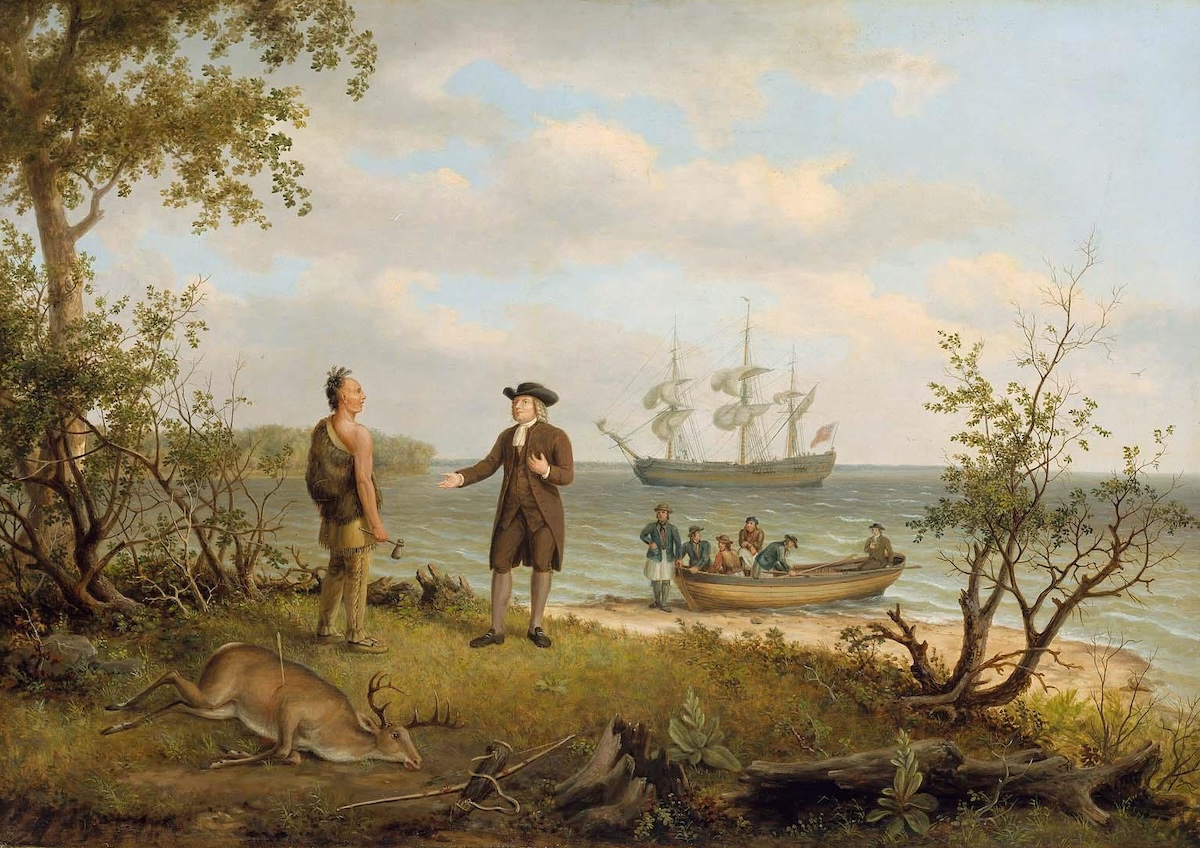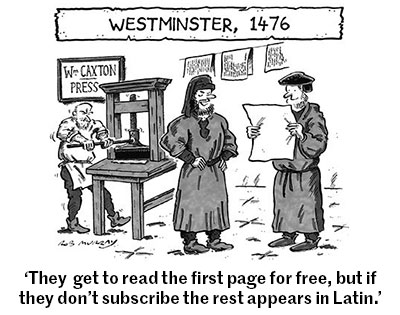William Penn’s Plan for a United Europe
Long before today’s project for a European political and economic union, William Penn, the English founder of Pennsylvania, offered a utopian vision of a Europe beyond the nation-state.

Towards the end of the 17th century the political landscape of Europe was dominated by France. England was still recovering from its civil wars and the upheaval that followed Cromwell’s Protectorate. The Restoration of 1660 had ultimately failed to keep the Stuarts on the throne and, with William of Orange’s accession and the beginning of the Nine Years’ War in 1688, Europe again faced conflict. The previous wars fought under Louis XIV were aimed at French expansion, but in 1688 the tables turned for the Sun King as the Nine Years’ War became a struggle to reinforce French security and the status quo rather than a war of conquest.
It was at the height of this conflict, in 1693, that William Penn (1644-1718) wrote An Essay towards the Present and Future Peace of Europe by the Establishment of an European Dyet, Parliament, or Estates. He sought an alternative to the existing, unstable balance of power system and the constant struggle between the different dynastic claims.
